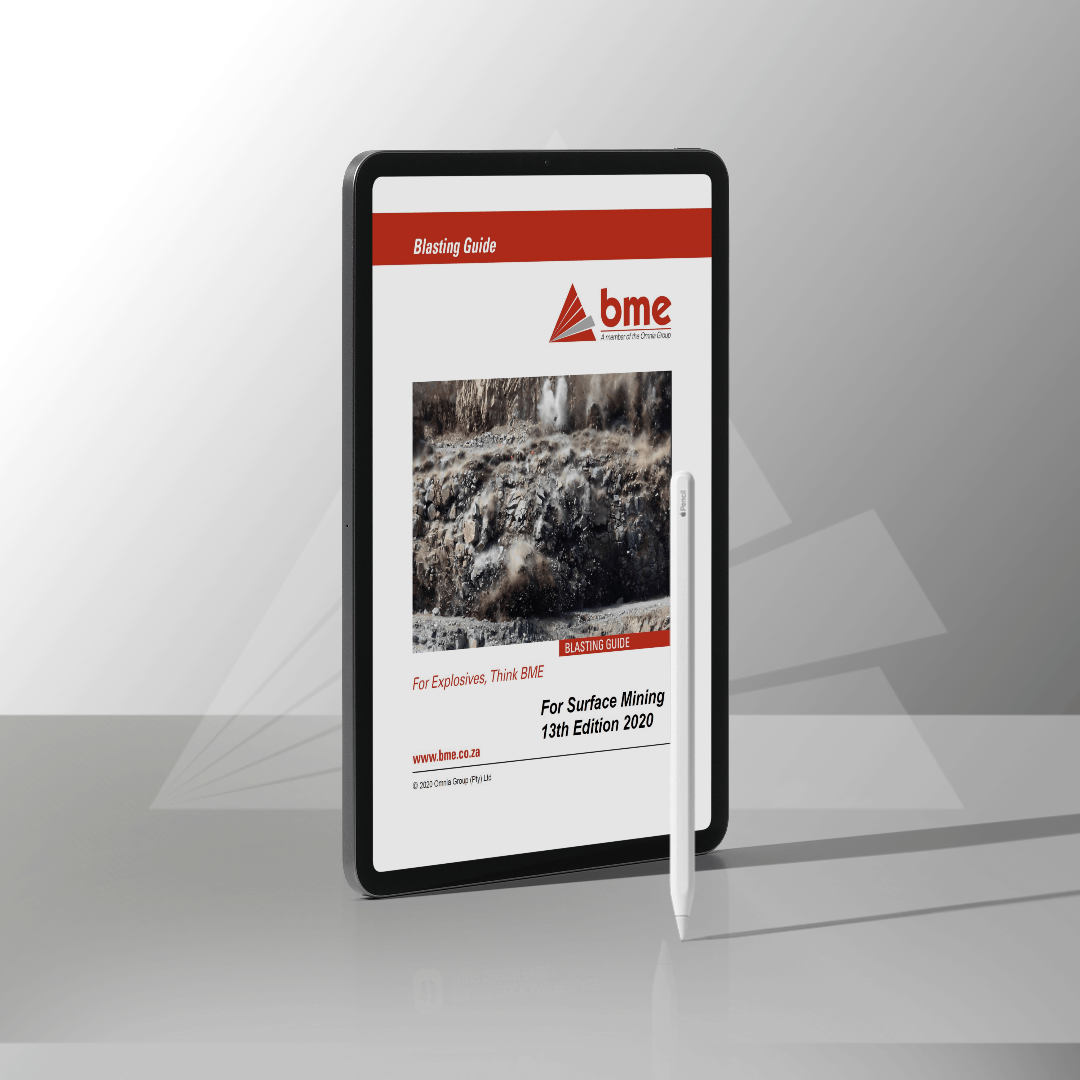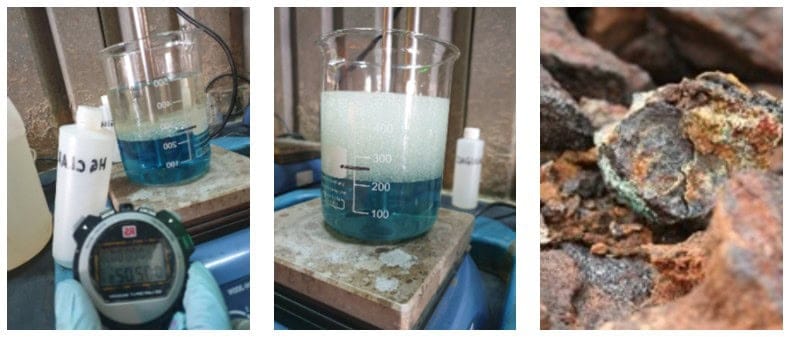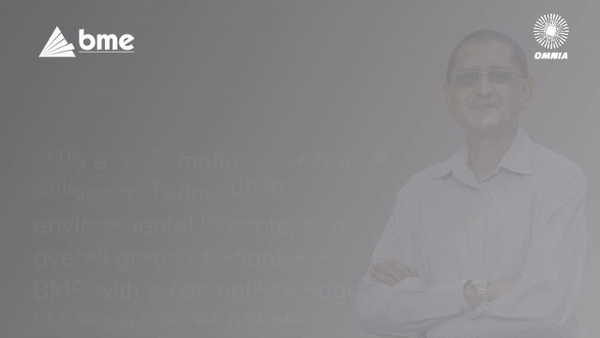The powerful combination of mobile computing and ‘cloud’ data storage is starting to transform safety and productivity on mines that embrace technology, according to BME senior software developer Nicky Klacar.
The powerful combination of mobile computing and ‘cloud’ data storage is starting to transform safety and productivity on mines that embrace technology, according to BME senior software developer Nicky Klacar.
“With a mobile phone that connects to the internet, you have the equivalent of a supercomputer in your pocket,” said Klacar. “BME has leveraged this power by developing mobile applications and designing a central data storage repository for information captured by mobile devices out in the field.”
These applications, such as Blastlog, are stepping beyond the pen and paper methods currently common on mine sites – to bring real-time reports and notifications to decision-makers in time to improve their decisions.
“The system allows data to be captured on mobile devices in the field, and to be presented to end-users on a mobile platform that renders the data immediately useful,” she said. “For instance, a Health, Safety, Environment and Quality (SHEQ) officer with the BlastLog Reporting app on their phone will be immediately notified if an unsafe working practise is reported in the field on the BlastLog app.”
The applications – driven and developed by BME’s dedicated Blasting Science unit – also boost productivity by quickly identifying any issues that could reduce the quality of a blast – in time for corrective action to be taken.
“The planning manager can be alerted by ‘push notifications’ to potential problems out on the block, and can respond immediately to rectify a problem, instead of only learning about a compromised situation after the blast has been conducted,” said Klacar. “If BME does a boretrack audit to measure the angle and deviation of holes, for example, the results can be reported as soon as they have been uploaded to the cloud.”
Viewing the results immediately on their mobile phones, planning managers can then decide if they need to add more holes in areas with a high toe burden, for example – leading to improved fragmentation and preventing uneven floors on the blast area.
She said this easy access to information increases transparency and accountability among both mine employees and contractors. It also allows all captured data from mine blasts to be stored in a central location, so that it can be analysed holistically rather than only one blast at a time.
“This means we don’t have to search for reports stored on a hard drive, and then read through them to find the data we are interested in,” she said. “Blastlog Reporter will present the results according to what the user requires, avoiding a deluge of unnecessary information.”
An important aspect of the processing power of mobile devices was to highlight any deviations or exceptions in the data – as these would tend to indicate possible problems in processes, production or machinery. The sooner such anomalies could be investigated and addressed, the more likely the operation could be kept running optimally.
Another advantage of mobile applications, she said, was their ease of use by all levels of employees – even those who were not familiar with computers; the widespread use of smart phones and various freely-available mobile applications have paved the way for all mine staff to contribute daily to improved efficiencies.
She also emphasised that the technology could be applied not only in the opencast environment but also underground.
“BME is rolling out the BlastLog Underground app at Gold One’s Modder East gold mine, which is a very progressive and safety-orientated operation,” said Klacar. “A rugged tablet with our software will eventually be issued to all underground technicians; this will allow all audits, mechanical breakdowns and safety incidents to be recorded electronically, instead of on pen and paper.”
She highlighted how tablets and phones can help monitor various aspects of mining operations – on surface and underground – and improve performance as a result of knowing how well plans were being turned into action.
“Even a simple photograph of a drilled round on a stope face – taken with a tablet underground – can provide valuable data to be measured and analysed as part of continuous improvement practices,” she said.
The BME Blasting Guide is available free from the Google Play Store and the Apple iStore, while the BlastLog app suite and the DensDepth mobile app are only available internally to selected BME customers.





